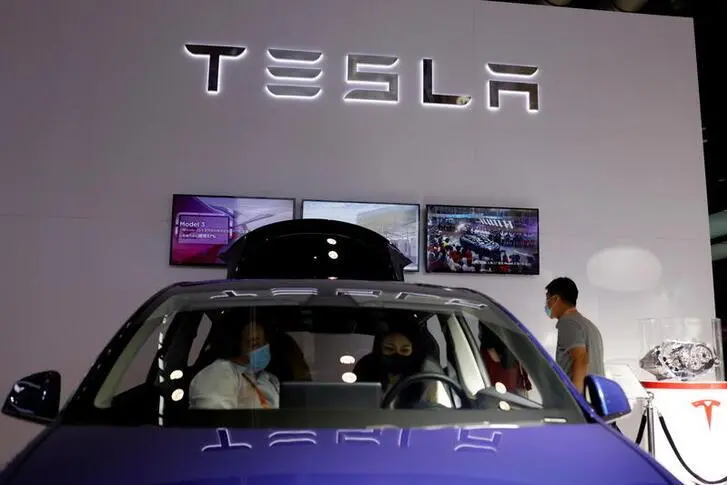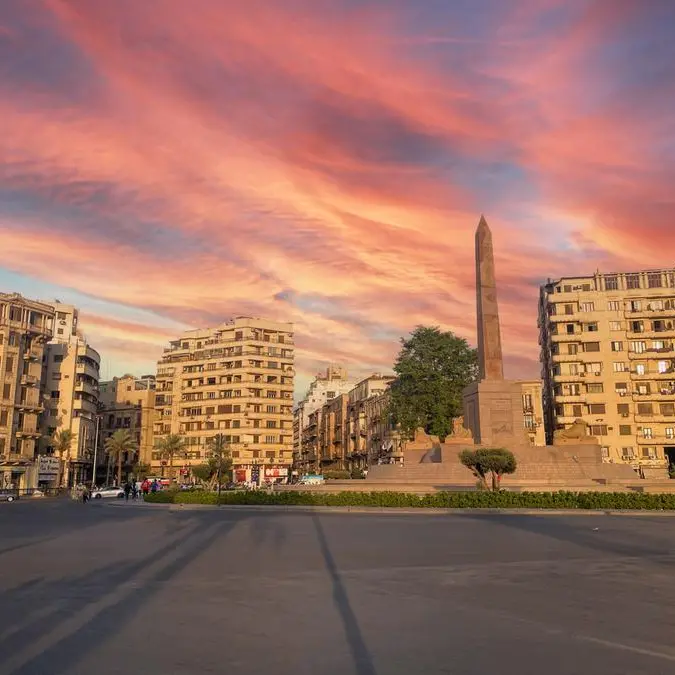PHOTO
(The author is a Reuters Breakingviews columnist. The opinions expressed are her own.)
MUMBAI - Getting Teslas on the road in India would be a flashy boost to the country’s goal of rapidly electrifying its car market. But New Delhi can afford to resist granting boss Elon Musk a shortcut to his desired destination.
Camouflaged Teslas have been spotted on Mumbai roads in recent weeks as the company won approval to sell four models in India. At present, it can only import them, with eye-watering tariffs as high as 100%. Musk wants the government to lower the levy, dangling the prospect of building a factory in India if there’s sufficient demand.
A factory based on Tesla’s current range seems a stretch. The starting price for its cheapest vehicle, the Model 3, is 235,900 yuan ($36,506) in China, where the company has a factory. That’s several times the average cost of a car in India and on the cusp of the luxury category which has barely a 1% share of a relatively small market: Overall passenger-car sales in India are less than 3 million a year, compared with about 20 million in China.
A few pricey Teslas won’t add much to New Delhi’s green goals. Other carmakers can make far more of an impact. Tata Motors is selling 1,000 of its battery-powered Nexon compact sport-utility vehicles every month, and just launched a sedan costing as little as $13,000 after subsidies. It’s making the cars locally, as are foreign marques like South Korea’s Hyundai and MG Motor, which is owned by China’s SAIC Motor.
Abruptly cutting tariffs for Musk would create an uneven playing field. It would also jeopardise India’s flagship industrial policy designed, among other things, to urgently cut India’s oil import bill, reduce pollution, and create jobs by encouraging manufacturers to build factories in the country. It’s why the auto sector has the largest allocation of a so-called production-linked incentive scheme that will cost up to $27 billion. New Delhi on Wednesday approved $3.5 billion for companies invest in building clean vehicles in the country.
India needs companies to innovate at scale for price-sensitive consumers. Tesla is not there yet, unlike Uber rival Ola. It has launched competitively priced electric scooters, building a factory that can churn out 10 million a year. That is truly electrifying.
CONTEXT NEWS
- India’s cabinet on Sept. 15 approved a 260 billion rupees ($3.5 billion) scheme to incentivise the auto sector to build electric- and hydrogen fuel-powered vehicles. It follows the government’s recent decision to drop plans to also use the scheme to support production of internal combustion engines, Reuters reported on Sept. 3 citing two sources familiar with the plan. "The government does not want to spend money on promoting old technologies," one of the sources said.
- The plans are part of India’s $27 billion “productive-linked incentive scheme”, which is the government’s flagship industrial policy covering at least 13 sectors. It’s offering payouts to encourage more local and foreign companies to make products in India.
- Electric-vehicle maker Tesla has lobbied to lower tariffs on cars imported into India. While the government is considering the request, it wants some economic benefit in return which could include a commitment from Tesla to produce cars locally. If it can succeed with imported vehicles, then a factory in India is quite likely, boss Elon Musk wrote on Twitter on July 24.
- India sold 18.6 million vehicles in the year to March, of which 2.7 million were passenger cars.
(The author is a Reuters Breakingviews columnist. The opinions expressed are her own.)
(Editing by Antony Currie, Katrina Hamlin and Sharon Lam) ((For previous columns by the author, Reuters customers can click on GALANI/ SIGN UP FOR BREAKINGVIEWS EMAIL ALERTS http://bit.ly/BVsubscribe | una.galani@thomsonreuters.com; Reuters Messaging: una.galani.thomsonreuters.com@reuters.net))












